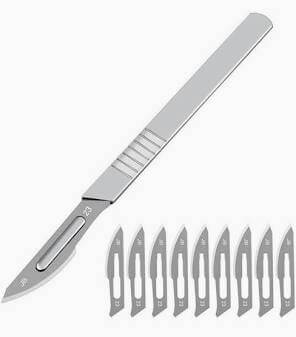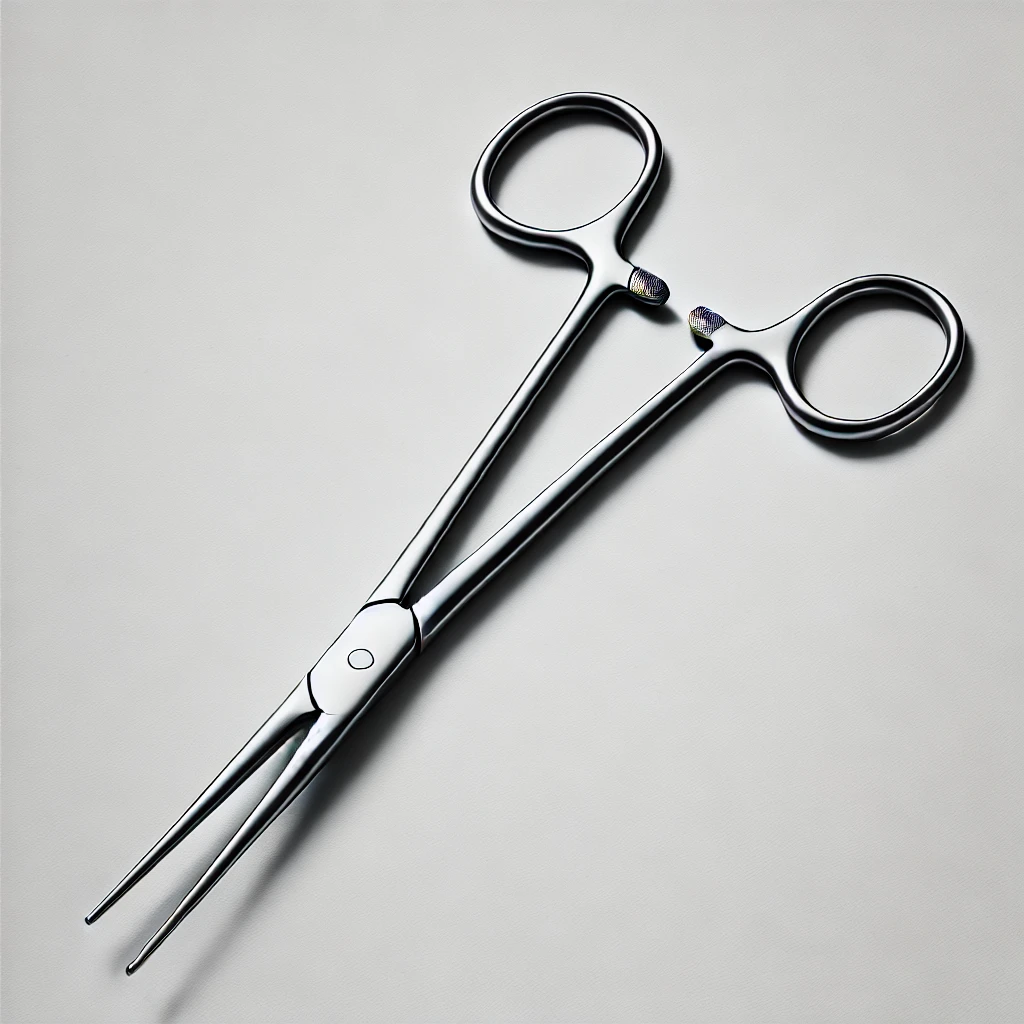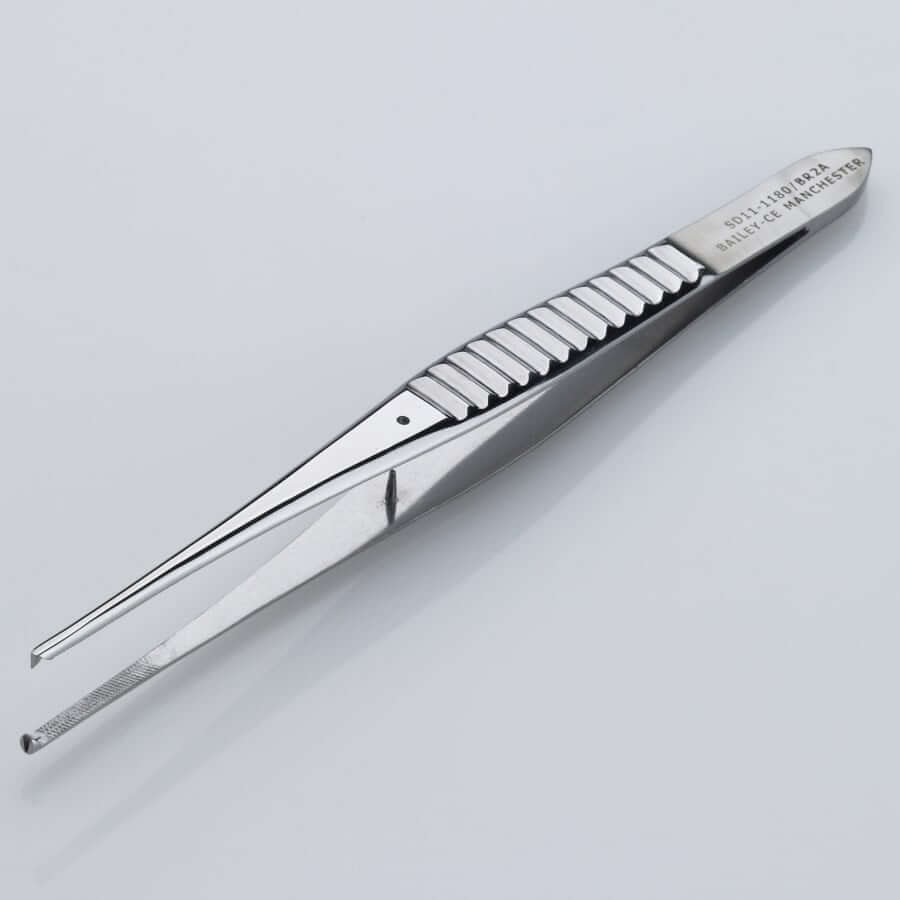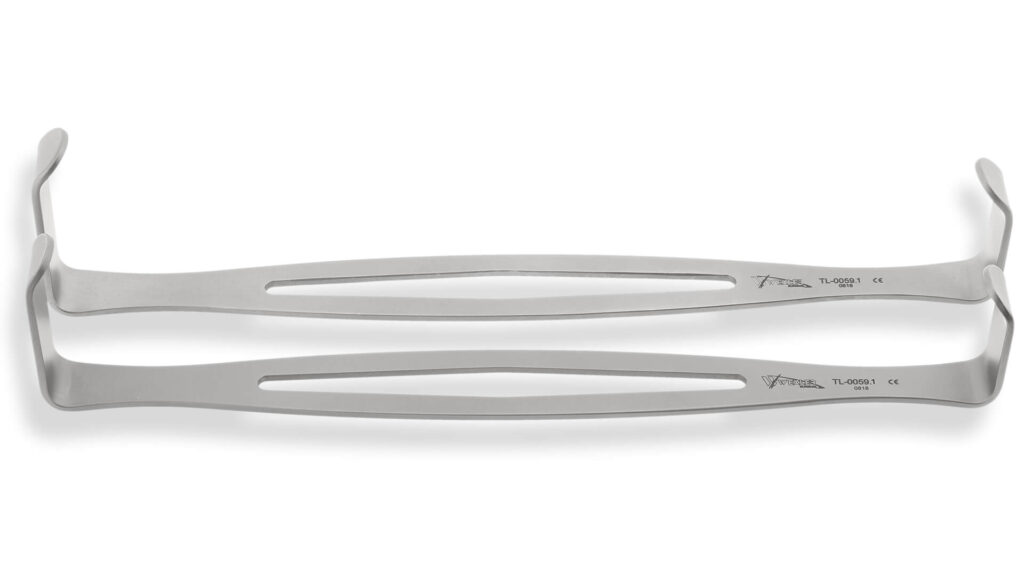Table of Contents
The first time I stepped into the operating room, I was hit with a wave of emotions. Excitement, fear, and a little bit of awe washed over me as I looked around at the sterile environment filled with all kinds of unfamiliar equipment.
But one thing stood out more than anything else: the medical terminology in the OR
It wasn’t just the fast-paced atmosphere or the constant movement of the surgical team that made me nervous. It was the words.
The medical terminology in the operating room seemed like a foreign language.
At that moment, I realized that understanding the words being thrown around was just as important as knowing how to handle the instruments.
But I also realized something else: I wasn’t alone. Every nurse who’s ever set foot in the OR for the first time has felt that same sense of confusion.
You hear terms like “laparotomy,” “hemostat,” and “Metzenbaum,” and it feels like everyone is speaking Greek.
But, just like learning any new language, it takes time and practice.
This post is my way of sharing the journey of understanding medical terminology in the operating room.
I want to help make it less overwhelming and more approachable because, believe me, I know how intimidating it can be at first.
Why Medical Terminology Feels So Overwhelming in the OR
Let’s be honest: the OR is already a high-pressure environment. When you’re new, the pace feels dizzying, and the stakes are incredibly high.
But on top of that, everyone around you seems to be using a language you barely understand. It’s like stepping into another world.
The first time I heard a surgeon ask for a “Metzenbaum,” I froze. My mind went blank. I had no idea what that was, and the last thing I wanted was to grab the wrong tool.
It’s scary because you realize that every second counts, and there’s no room for mistakes.
But here’s the thing: medical terminology in the OR isn’t just jargon thrown around for fun. Every word, every term has a specific meaning that plays a crucial role in patient safety.
The clearer and more concise the communication, the smoother the surgery runs.
You don’t need to memorize every term immediately. It’s about familiarizing yourself with the essentials and building confidence as you go.
Learning the Language of Surgical Instruments
One of the first challenges in the OR is learning the names of all the surgical instruments. At first, they all seemed like a blur to me.
The shiny tools laid out in front of me looked intimidating. But once I started to understand what each one did, it became less overwhelming.

SCALPEL
–This is probably the one instrument we’re all familiar with from the start. It’s the sharp blade used to make incisions in tissue.
What I didn’t realize was that the scalpel comes in different sizes, with different blades for different purposes. A #10 blade is often used for larger incisions, while a #15 blade is smaller and used for more delicate cuts.
Knowing these little details helps you anticipate what the surgeon will need next.

HEMOSTAT
When I first heard the term “hemostat,” I had no clue what it was. It sounded so technical. But when I saw it in action, I realized it’s essentially a clamp.
It’s used to control bleeding by clamping blood vessels, which is a pretty important job in the OR.
It comes in different sizes, and once you get the hang of it, it becomes second nature to know which one the surgeon is asking for.

FORCEP
These are the surgical tweezers, and I quickly learned that there are different kinds of forceps for different tasks.
For example, Adson forceps are used for grasping delicate tissue, while Kocher forceps are for handling tougher tissue or even bone.
Understanding the different varieties of forceps helped me feel more confident when the surgeon asked for them.

RETRACTORS
These are used to hold back tissue and give the surgeon a clear view of the area being operated on.
Names like Balfour and Gelpi might sound intimidating, but once I saw them in use, they made sense.
These tools are essential for exposing the surgical site, and knowing when they’re needed helps the procedure go smoothly.
Learning the names and purposes of these instruments didn’t happen overnight. It took time and repetition.
But every time I handed the surgeon the right tool, I felt a little more confident, and that confidence grew with each procedure.
Understanding the Procedures in the OR
Beyond the instruments, understanding the procedures happening in the OR is key to keeping up with what’s going on.
I remember feeling lost when I first heard terms like “laparotomy” or “anastomosis.” They sounded so complex, but once I saw the procedures in action, things started to click.
Laparotomy
This term refers to a large incision made in the abdomen, often to explore or operate on internal organs.
I was in awe the first time I saw a laparotomy because it was such a significant moment in the surgery. When the surgeon said, “We’re ready for the laparotomy,” it felt like the surgery was truly beginning.
Anastomosis
This is the surgical connection of two structures, like blood vessels or sections of the intestine.
I remember watching a surgeon reconnect two sections of the bowel after removing a damaged part, and I thought, Wow, this is what we do here. We reconnect life.
It was a powerful moment.
Debridement
This term refers to the removal of dead or damaged tissue, and it’s often used in trauma cases to promote healing.
I had seen wounds cleaned up before, but watching a debridement in the OR was different.
It wasn’t just about cleaning a wound—it was about giving the body a chance to heal.
The more I saw these procedures, the more I understood their significance. At first, they felt like abstract terms, but over time, they became part of my vocabulary, part of my world in the OR.
Getting Comfortable with Directions and Locations
Another thing that threw me off when I was new to the OR was all the directional terminology.
Surgeons and other team members would talk about making incisions in the “anterior” or “lateral” side, and I had to quickly learn what those terms meant.
Distal and Proximal
These terms describe distance from the center of the body.
Distal means farther away (like your fingers are distal to your elbow), and proximal means closer (like your elbow is proximal to your shoulder).
Knowing these terms helped me follow along when the surgeon was describing where to place instruments or make incisions.
Anterior and Posterior
Anterior means the front of the body, and posterior means the back.
So, when a surgeon talks about making an anterior incision, it means it’s happening on the front side.
This was a game-changer for me because I started to visualize the procedure better.
Lateral and Medial
Lateral means toward the side of the body, and medial means toward the middle.
For example, your little toe is on the lateral side of your foot, while your big toe is on the medial side. These little directional cues make a huge difference when every move counts in the OR.
Understanding these terms felt like unlocking a map to the human body.
It wasn’t just about knowing where things were happening—it was about communicating clearly and avoiding mistakes.
The OR is all about precision, and these directional terms ensure everyone is on the same page.
Acronyms Everywhere: Learning the Shorthand
The OR is also full of acronyms that can be confusing if you’re not familiar with them.
I felt overwhelmed at first, but I soon realized that these acronyms save time and make communication faster in critical moments.
NPO
This acronym means “Nil Per Os,” or “nothing by mouth.” You’ll hear this during pre-op discussions to ensure the patient hasn’t eaten or drunk anything before surgery.
It’s a simple acronym, but it’s essential for patient safety.
PRN
This stands for “Pro Re Nata,” which means “as needed.”
You might see this on medication orders, meaning the medication should be given when necessary rather than on a fixed schedule. It’s a good acronym to remember, especially when it comes to post-op care.
BP
Blood pressure.
Vital signs are everything in the OR, and BP is one of the most critical indicators of how the patient is doing.
Keeping an eye on this number and reporting any changes can be the difference between a smooth procedure and an emergency.
STAT
When something is needed STAT, it means it’s needed immediately. You’ll hear this term when urgency is critical, and everything else takes a backseat.
Learning these acronyms was overwhelming at first, but over time, I found myself using them with ease.
They save time and make communication in the OR quicker and more efficient.
How to Master Medical Terminology in the OR
If you’re feeling overwhelmed by all the medical terminology in the OR, don’t worry—it’s normal. Here are some tips that helped me get comfortable with the language:
- Use Flashcards: Making flashcards for instruments, procedures, and acronyms helped me memorize the most important terms. I would review them during breaks, and soon enough, I started to feel more confident.
- Ask Questions: Never be afraid to ask questions. If you’re unsure about a term, ask a senior nurse or the surgical team. They were once in your shoes and will understand.
- Practice: The more you use the terms in real-life situations, the quicker they’ll stick. The OR is the perfect place to practice using medical terminology in context.
- Be Patient with Yourself: You’re not going to master medical terminology in a day. It takes time and experience, so give yourself the space to learn at your own pace.
Final Thoughts: Mastering the Language of the OR
Learning medical terminology in the operating room felt like learning a new language, but over time, it became second nature.
Now, when I hear a surgeon ask for a Metzenbaum, I know exactly what they need, and I can confidently hand over the right tool without hesitation.
The OR is an intense, high-pressure environment, but it’s also one of the most rewarding places to work as a nurse.
Every day brings new challenges, and with each surgery, you grow more confident and fluent in the language of the OR.
So, if you’re feeling overwhelmed by the medical terminology, take a deep breath. Start with the basics, ask questions, and soon enough, you’ll be speaking the language of surgery with confidence.
Insights from my blog:
Mastering Medical Terminology in the Operating Room: My Journey as a New Nurse internal and external links for this blog post and do gollow
Here are some internal and external links that you can include in your blog post titled “Mastering Medical Terminology in the Operating Room: My Journey as a New Nurse”:
Internal Links:
- Introduction to Surgical Instruments: Link to a post that provides an overview of common surgical instruments used in the operating room.
External Links:
Call to Action:
“Follow me on Instagram for more insights into my journey as a nurse and tips for mastering medical terminology in the OR!”
